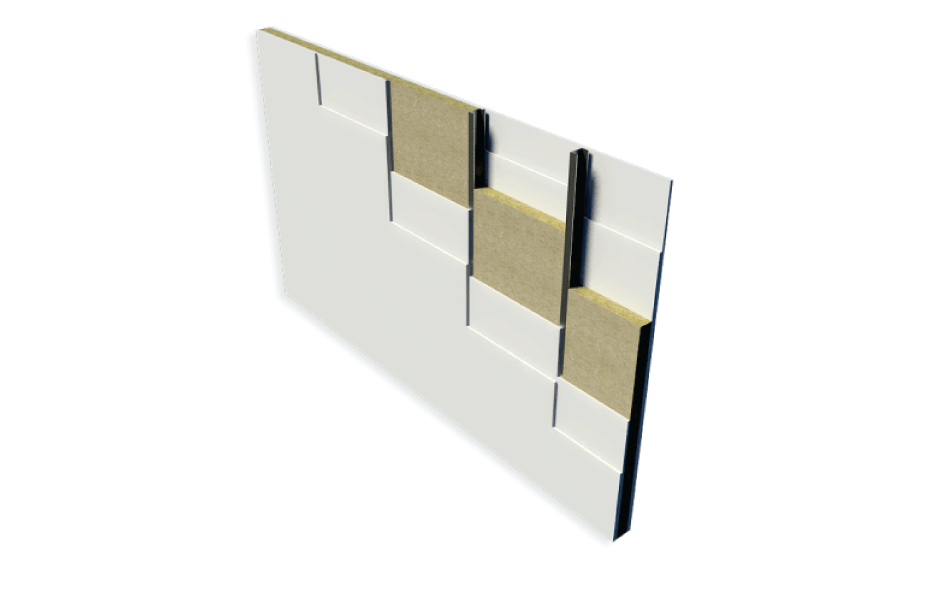Dry Lining Insulation
Dry lining insulation can be applied to the inside of external walls – primarily to improve a building’s thermal performance.
Additional qualities such as acoustic absorption and fire protection can also be achieved, depending on where the insulation is installed.
Traditionally, dry lining is used to insulate the inside of a solid external wall with boards or panels . These can include a finish for an aesthetically pleasing design, when installed on a room-facing surface. This process can also be used for to enhance energy efficiency and room comfort.
In some markets, dry lining can also be used in conjunction with stud wall, cavity wall and ETICS solutions.
Learn more about the benefits of dry lining and ROCKWOOL products today.

































